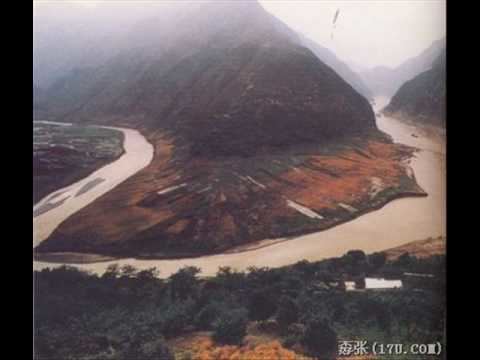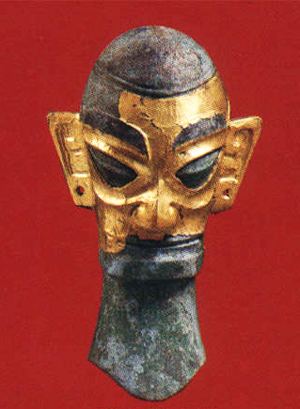Hanyu Pinyin | Dates c. 5000 – c. 3300 BC Chinese 大溪文化 | |
The daxi culture and the eastward spread of the hmong culture
The Daxi culture (5000–3300 BC) was a Neolithic culture centered in the Three Gorges region around the middle Yangtze, China. The culture ranged from western Hubei to eastern Sichuan and the Pearl River Delta. The site at Daxi, located in the Qutang Gorge around Wushan, Chongqing, was discovered by Nels C. Nelson in the 1920s. Many key archaeological sites from the Daxi culture, including the site at Daxi, will be inundated or destroyed after the completion of the Three Gorges Dam.
Contents
- The daxi culture and the eastward spread of the hmong culture
- taiwan taoyuan daxi culture art festival 2016
- References
Daxi sites are typified by the presence of dou (cylindrical bottles), white pan (plates), and red pottery. The Daxi people cultivated rice extensively. Daxi sites were some of the earliest in China to show evidence of moats and walled settlements.
The Daxi culture showed evidence of cultural interactions with the Yangtze River Delta region. The white pan artefacts from the culture were discovered at several Yangtze River Delta sites, including the type site of the Majiabang culture. Conversely, jade artefacts at Daxi sites show possible influence from the Yangtze River Delta region. The Daxi culture was followed by the Qujialing culture.
taiwan taoyuan daxi culture art festival 2016


